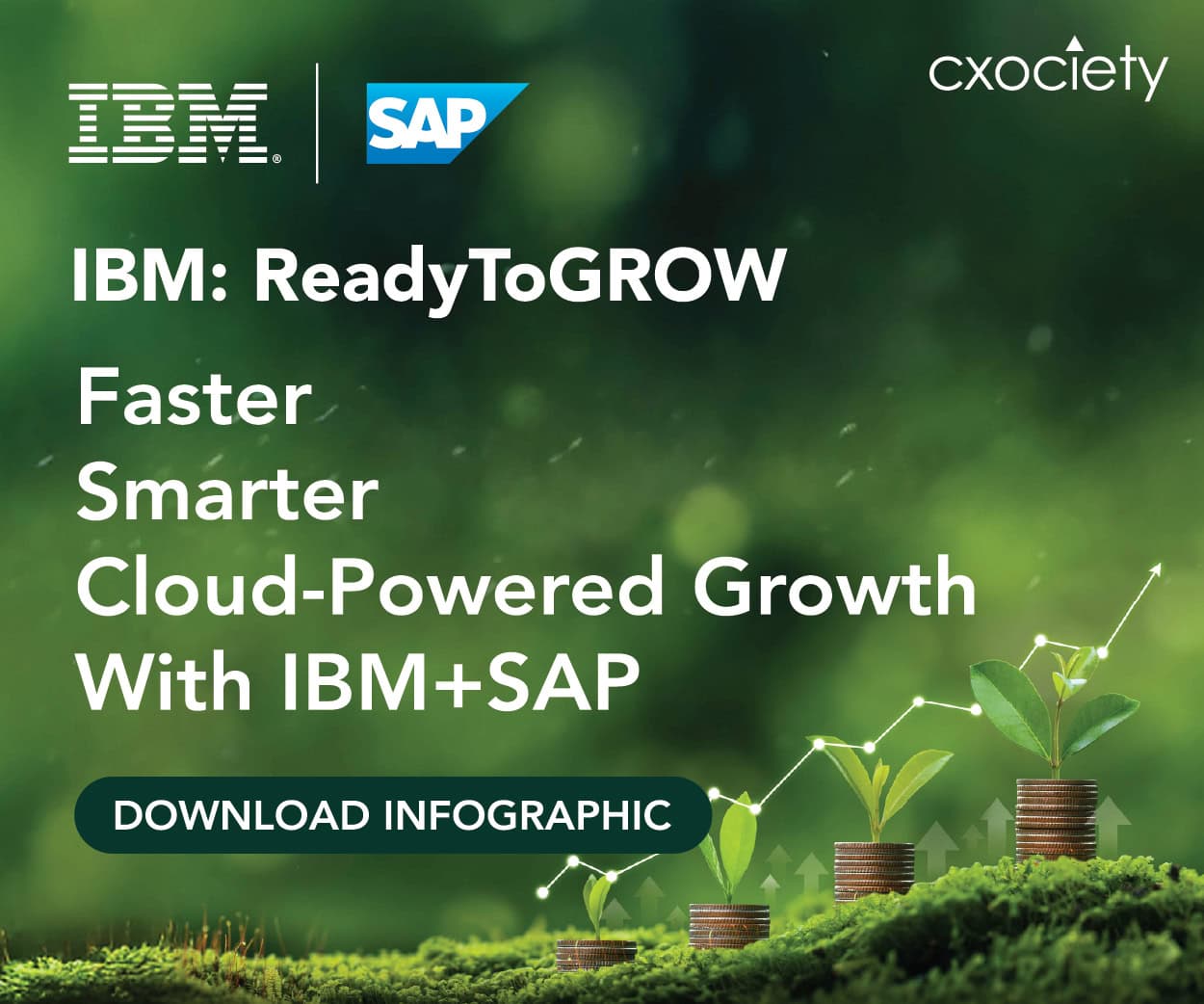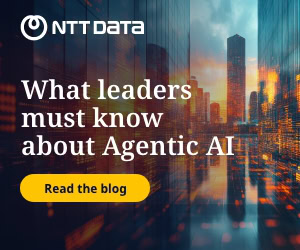Organisations may not be ready for a hands-off approach to software development, or “vibe coding”, but some help from AI-powered tools is welcomed and can change the way software is built and bought in the future.
Code assists have proven to be one of the most tangible use cases for artificial intelligence (AI), with GenAI (generative AI) further driving this over the last 18 months, said Craig Nielsen, vice president for Asia-Pacific Japan at GitLab.
AI-powered code assists offer features, such as edit suggestions and autocompletion, to help developers code more efficiently. Such tools include Cursor’s Chat, formerly called Composer, and GitHub Copilot, which was launched in 2021 and jointly developed by GitHub and OpenAI.
While code assists are not new, the emergence of GenAI over the past couple of years has brought context into the fold, Nielsen said.
“The ability to apply AI and how successful [it is] depends on how much the AI understands the project,” he said, adding that GenAI has helped accelerate the output of code developers.
GitLab aims to build tools that support the entire software development lifecycle, or DevSecOps (Development Security and Operations), and help software developers build faster and better.
This means it has a view of the complete workflow plane, spanning data and security, Nielsen said.
“It gives us maximum surface area to apply agentic AI to augment [the developer's work processes],” he said.

Founded in 2011 as an open source project, GitLab has 2,300 employees across 60 countries, all of whom have worked remotely since its inception. The software vendor supports all Asia-Pacific markets and has a joint venture that caters to the China market, via a licensing deal with Chinese company, JiHu.
GitLab currently has more than 50 million registered users worldwide and is tapped by more than half of Fortune 100 companies. Its products include GitLab Duo, an AI-powered assistant that can be used across the development workflow to aid in various tasks, such as writing, reviewing, and editing codes.
According to a GitLab study, 78% of DevSecOps professionals currently use AI in software development or plan to do so in the next two years. This figure is up from 64% in 2023, the study reveals, following a poll of more than 5,000 respondents worldwide.
Another 67% describe their software development lifecycle as mostly or completely automated.
Developers want to be able to generate better codes quicker, Nielsen said. They want to know how AI can augment code reviews and when it needs to be escalated to a senior developer for remediation.
He added that more junior developers increasingly are tapping AI to mitigate potential risks, including running security scans and vulnerability reviews.
AI needed as software codes implode
The role of AI is especially critical here as the volume of codes continues to grow, with developers building new software as well as maintaining existing ones, Nielsen said.
“There’s a tonne of legacy codes out there...developers are generally maintaining code they didn’t build,” he noted. A lot of time and effort, for instance, are spent on refactoring legacy codes such as Java, he said.
And while organisations are pushing out more codes, not all have beefed up their abilities to do code reviews, Nielsen said.
This can lead to bottlenecks or oversights in security assessments and quality assurance processes, he said. Remediation and understanding vulnerabilities in the software can be too much for some junior coders to handle, he added.
AI can help plug these gaps, particularly with base-level work, he said, pointing to real-time code reviews, optimisation, and code improvement suggestions as useful features to have.
It leads to higher quality and more secure codes, he said.
Furthermore, organisations can build omnichannel features faster to support customers across multiple platforms, he noted.
It also can address the skills shortage, he added.
“Software development is a very technical exercise, [so] the barrier to entry is quite high,” he explained.
AI can democratise this segment and enable less technically-skilled professionals to enter the field, he said. Skilled developers can continue to focus on more sophisticated work, including interpreting issues and reviewing more complicated codes.
Less technical employees will build out sample codes for their more skilled-counterparts to review or identity issues that need to be remediated by these colleagues.
A completely hands-off approach to AI-powered software development, though, is not as feasible -- at least, not yet.
OpenAI cofounder Andrej Karpathy had said on X (formerly Twitter) in a February 2025 post: “There's a new kind of coding I call ‘vibe coding’, where you fully give in to the vibes, embrace exponentials, and forget the code even exists. It's possible because the LLMs (large language models) are getting too good.”
“Sometimes the LLMs can't fix a bug so I just work around it or ask for random changes until it goes away,” Karparthy wrote. “I'm building a project or webapp, but it's not really coding -- I just see stuff, say stuff, run stuff, and copy-paste stuff, and it mostly works.”
Nielsen described vibe coding as still in its infancy and he has yet to see organisations considering adoption.
Checks on AI and some eyeballs, human ones at that, remain necessary.
Human reviews, intervention, and observation should not be removed even as more organisations turn to AI, Nielsen said.
However, he does not dismiss the possibility of vibe coding in future, as AI tools evolve and improve, particularly as even more codes are generated and have to be maintained.
There will be more codes that need agentic AI capabilities across the software development lifecycle, he noted, adding that the real benefit in using AI is to synthesise high-value creativity.
“The real productivity gains will be around reducing the toil, laborious work, and freeing up capabilities for higher value work,” he said. “If we do AI well, it will increase the creativity of developers and that can only be a good thing.”
Changing how software is built and bought
It will also change how organisations build and buy their software, Nielsen said.
CIOs are thinking more about risks to their organisation’s supply chain and how to manage these, he said.
They can do this with capabilities enabled by AI-powered software development, he noted, pointing to the enhanced speed, quality, and security outcomes that such tools bring.
He added that AI can lead to more secure software, due to the increased automation around security-build processes and compliance.
It also will change the economics of developing new features and provide more options between buying and building software, Nielsen said.
“The profile of your development teams could change, particularly given these capabilities will really impact the junior and intermediate developers,” he said. “This will be the biggest uplevelling in software development teams and how organisations build software.”
GitLab’s own handbook, comprising more than 2,700 webpages and is available publicly, aims to drive employee collaboration and work culture, according to GitLab’s co-founder and CEO Sid Sijbrandij.
Every change made in the handbook is documented and communicated to employees with a link back to the handbook, Sijbrandij said in a April 2023 discussion with McKinsey.
“We have a higher tolerance for mistakes and an appreciation for which decisions need discussion,” he said.
“At GitLab, we evaluate team members using metrics that are relevant to their roles,” he noted. “For example, in R&D, we measure how many pieces of code land in production. What matters is not the number of hours you work: it’s the work that gets done.”





